
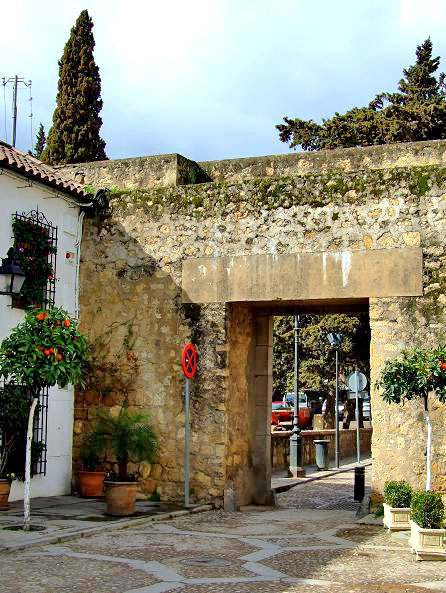
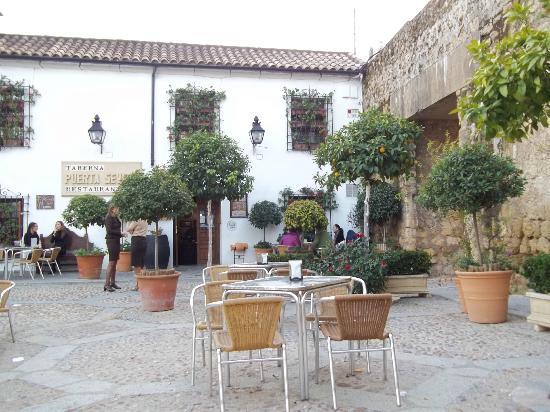
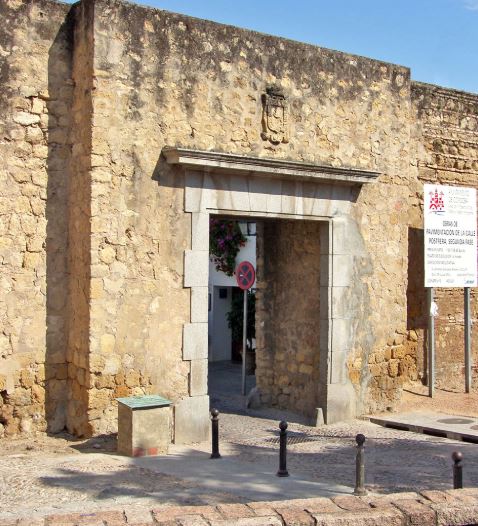
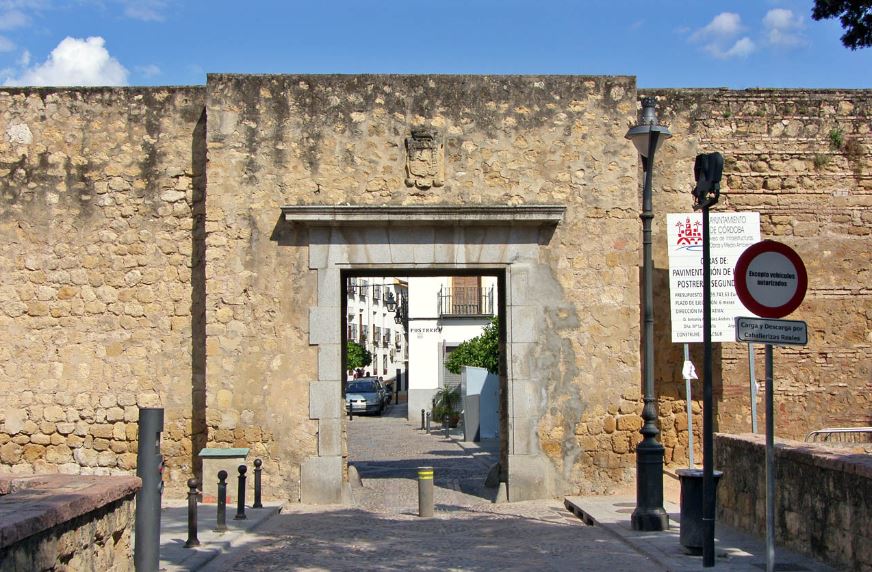
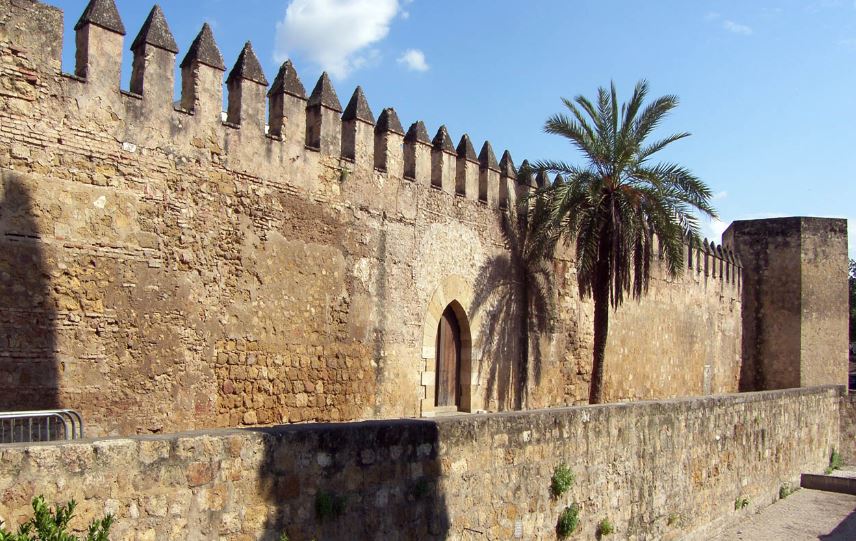
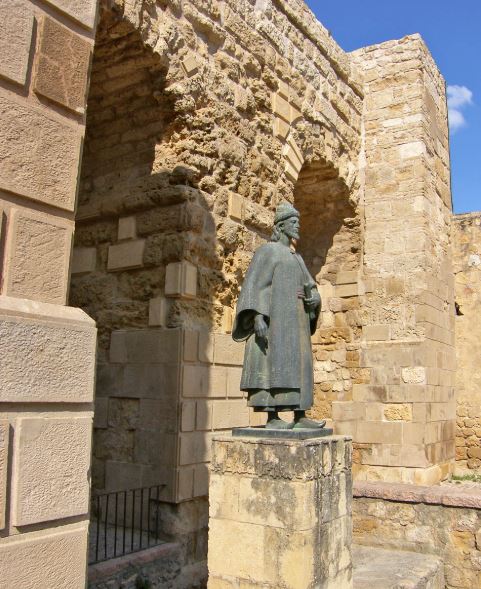
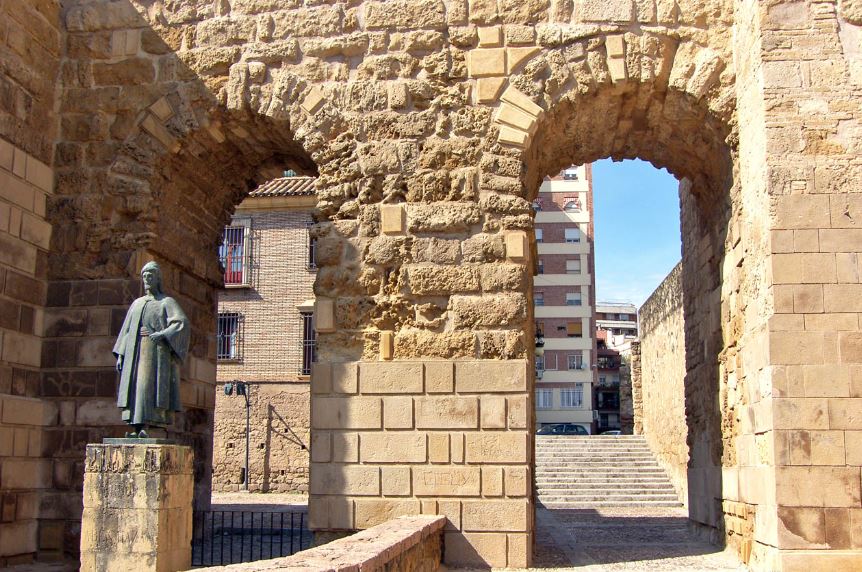
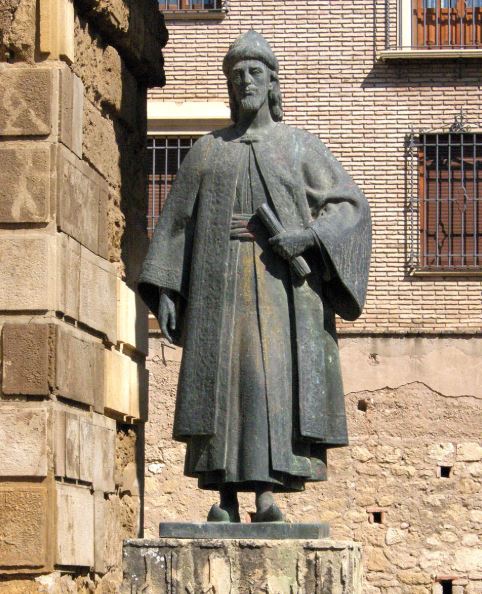
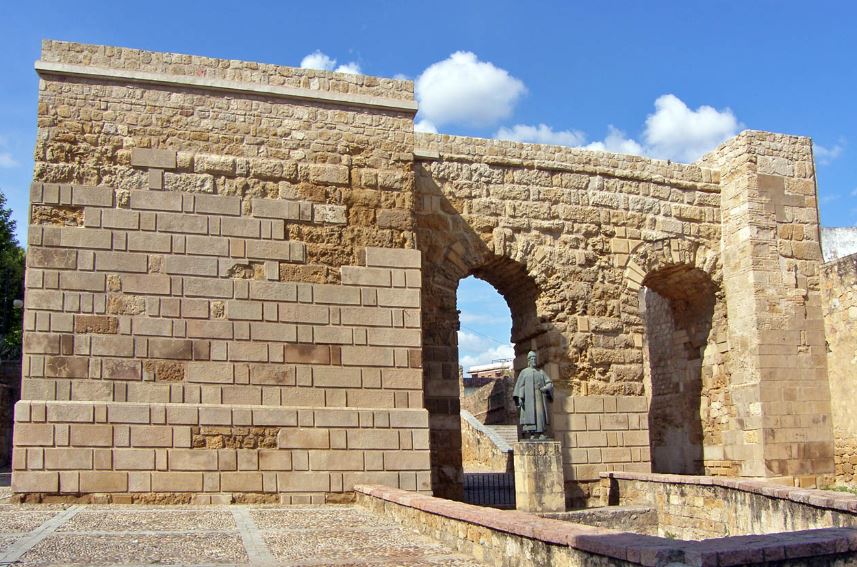
Chronology. XIV century
Description. The door of Seville is an access door of the 14th century located in the western section of the walls of Córdoba, Spain. It is considered the only one of the three gates that have been preserved in the city, along with the Puerta del Puente and the Puerta de Almodóvar. It is located very close to the San Rafael bridge, at the end of the Conde de Vallecano avenue. Despite this, it is believed that its original location in Islamic times would be closer to the Alcazar de los Reyes Cristianos and was known as Puerta de Drogueros.
Its construction was favored by the creation of the neighborhood of San Basilio, or neighborhood of the Old Alcazar, whose extension of the wall and the city to the west made it necessary a new gateway to it. This name is given by the connection of this road to the city of Seville and it is believed that it also led to the Great Souk of Cordoba, destroyed during the Fitna of al-Andalus.
The door is not large but consists of a single flat doorway. The most remarkable of the set are two small twin arches, attached perpendicular to the wall that runs next to the door and a small tower, whose latest theories suggest that it could have been an aqueduct. Next to the door is a Roman tomb. Crowning the whole is the shield of the city.
In front of the door, we also find a monument to the philosopher and historian Ibn Hazm holding on a roll his most famous work, The collar of the dove. This monument was made in 1963 by the sculptor Mateo Ruiz Olmos.
Schedule.
Open 24 hours

0 Reviews